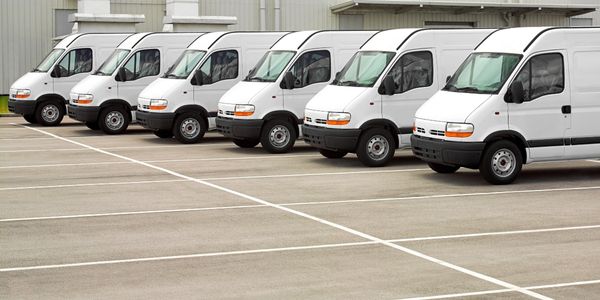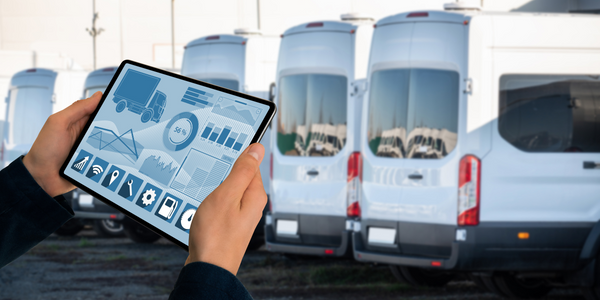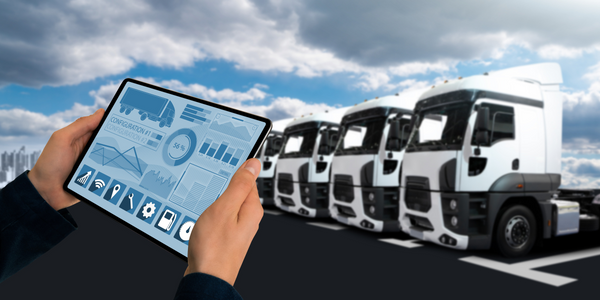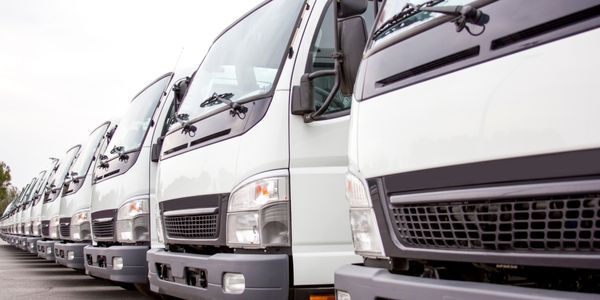Download PDF
Eastern Bag & Paper Wraps up Greater Revenues and Savings with Omnitracs Roadnet Technologies
Technology Category
- Functional Applications - Fleet Management Systems (FMS)
- Analytics & Modeling - Real Time Analytics
- Functional Applications - Remote Monitoring & Control Systems
Applicable Functions
- Logistics & Transportation
- Warehouse & Inventory Management
Use Cases
- Fleet Management
Services
- System Integration
- Software Design & Engineering Services
The Challenge
Eastern Bag & Paper Group, a major distributor of commercial paper products and allied items, faced challenges in optimizing their delivery routes and improving customer service. With a fleet of 70 trucks covering 65 dynamic routes daily across a vast East Coast territory, the company needed a solution to reduce route planning time, decrease driver overtime, and enhance field communications. Additionally, they aimed to improve customer service by providing real-time route information and managing exceptions proactively.
About The Customer
Eastern Bag & Paper Group, founded in 1918, is one of the largest distributors of commercial paper products in the Northeast. The company serves a diverse range of customers, including industrial, food service, health care, and janitorial service sectors. With a service area extending from Northern Virginia to Maine, Eastern Bag operates from four locations, including a new 125,000 square-foot warehouse in Hamilton, NJ, and a cross-docking facility in Herndon, VA. Their fleet of 70 trucks covers 65 dynamic routes daily, serving 9,000 customers ranging from small businesses to large nursing home companies. The company is dedicated to providing exceptional service, as emphasized by their Corporate Transportation Manager, Antonio Brown.
The Solution
To address their challenges, Eastern Bag & Paper Group implemented Omnitracs Roadnet Technologies' suite of products, including Roadnet, MobileCast, and Roadnet Info Center, in 2003. Roadnet optimized their routing, resulting in a 50% reduction in route planning time and a 15% decrease in driver overtime in the first year. MobileCast integrated field communications with the routing system, allowing drivers to geocode each stop with handheld devices, enhancing route precision and driver accountability. Roadnet Info Center provided real-time route information, enabling customer service representatives to proactively manage exceptions and improve customer service by reducing redundant phone calls between CSRs, dispatchers, and drivers.
Operational Impact
Quantitative Benefit
Related Case Studies.

Case Study
IoT-based Fleet Intelligence Innovation
Speed to market is precious for DRVR, a rapidly growing start-up company. With a business model dependent on reliable mobile data, managers were spending their lives trying to negotiate data roaming deals with mobile network operators in different countries. And, even then, service quality was a constant concern.

Case Study
Vehicle Fleet Analytics
Organizations frequently implement a maintenance strategy for their fleets of vehicles using a combination of time and usage based maintenance schedules. While effective as a whole, time and usage based schedules do not take into account driving patterns, environmental factors, and sensors currently deployed within the vehicle measuring crank voltage, ignition voltage, and acceleration, all of which have a significant influence on the overall health of the vehicle.In a typical fleet, a large percentage of road calls are related to electrical failure, with battery failure being a common cause. Battery failures result in unmet service agreement levels and costly re-adjustment of scheduled to provide replacement vehicles. To reduce the impact of unplanned maintenance, the transportation logistics company was interested in a trial of C3 Vehicle Fleet Analytics.

Case Study
Zonar Takes the Wheel with a M2M Solution
Zonar’s fleet management solutions collect, report and analyze data before, during and after a vehicle’s trip. The company needed Machine-to-Machine (M2M) connectivity to enable communication between in-vehicle devices and back-end systems. To deliver high volumes of potentially sensitive information from and to moving vehicles – and keep pace with its rapid business growth – Zonar wanted a highly secure solution that it could easily manage and that had the required national and global reach.







